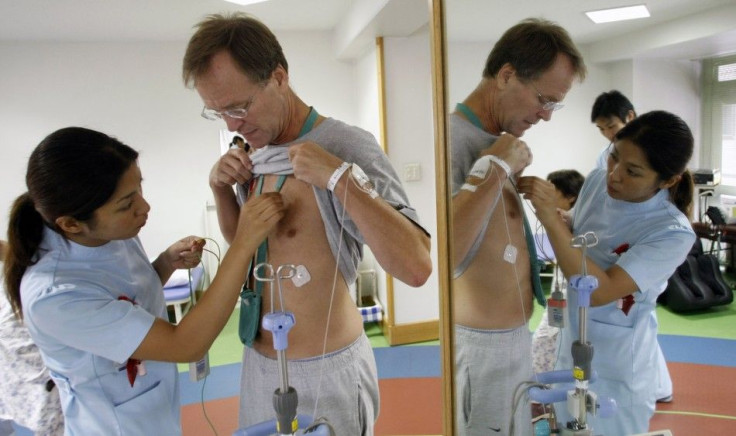Strokes Hit U.S. Youth with Alarming Increase

Strokes are commonly associated with older people, however a new study indicates that strokes are hitting at even younger ages, with children and adolescences in the U.S. becoming increasingly at risk.
The number of people aged 15 to 44 hospitalized for stroke jumped by 37 percent between 1995 and 2008, researchers at the U.S. Centers for Disease Control (CDC) and Prevention said.
We identified significant increasing trends in ischemic stroke hospitalizations among adolescents and young adults, said Mary George, lead author of the study.
Researchers said almost one in three ischemic stroke patients 15 to 34 years old -- and over half of those 35 to 44 -- had high blood pressure.
In addition, one-fourth of the patients 15 to 34 years old who had ischemic strokes also had diabetes.
In all age groups the increase was greater in men than in women.
Our results from national surveillance data accentuate the need for public health initiatives to reduce the prevalence of risk factors for stroke among adolescents and young adults.
The findings, published in the Annals of Neurology, report an increase in the prevalence of hypertension, diabetes, obesity, and tobacco use among this age group during the 14-year study period.
The American Heart Association states that stroke is the third leading cause of death in the U.S. and 87 percent of all cases are attributed to ischemic stroke, in which blood flow to the brain is blocked by blood clots or build-up of fatty deposits called plaque inside blood vessels.
Prior studies report stroke in adolescents and young adults accounts for 5 to 10 percent of all stroke incidences, and is one of the top 10 causes of childhood death.
Urgent public health initiatives are needed to reverse trends in modifiable risk factors associated with stroke in adolescents and young adults, the report concludes.
CDC researchers used hospital discharge data from the Nationwide Inpatient Sample of the Healthcare Cost and Utilization Project to identify patients hospitalized for ischemic stroke.
A stroke occurs when a ruptured blood vessel or blood clot interrupts blood flow to a part of the brain
© Copyright IBTimes 2025. All rights reserved.





















